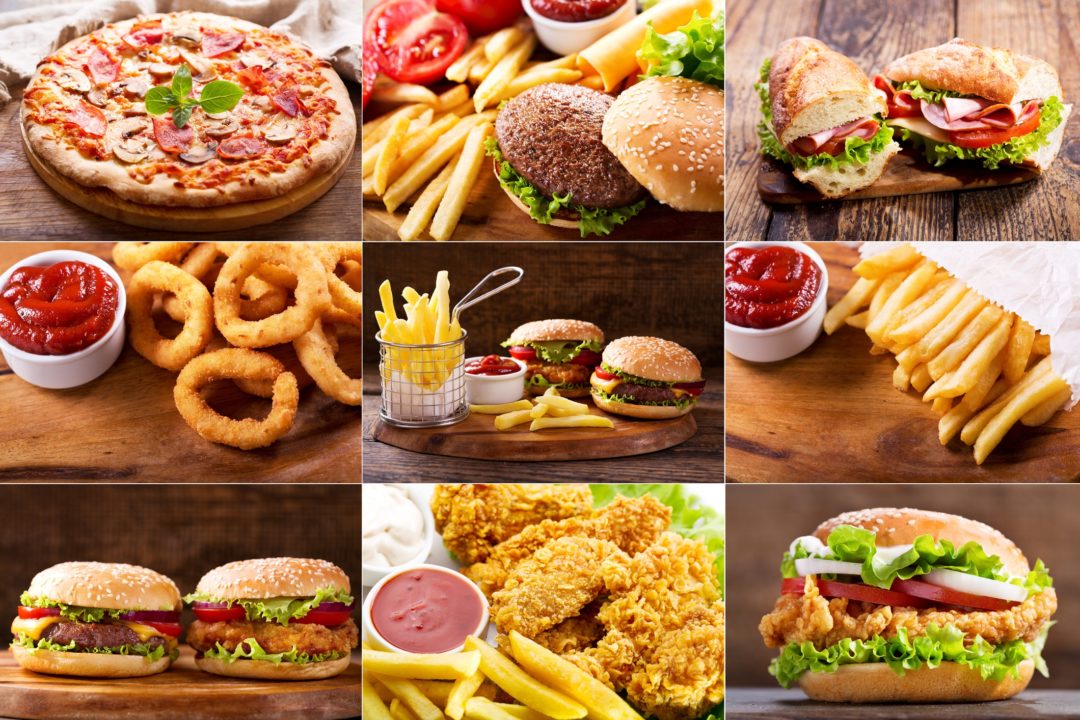Research presented at the Pediatric Academic Societies (PAS) annual conference in Boston revealed that being familiar with fast food commercials can increase the likelihood young adults will be overweight.
This is not really shocking if you think about it. If you’ve ever gotten an annoying ad jingle stuck in your head—(think 1-877-Kars for Kids, arguably the most hated and despised advertising jingle in the history of media)—you know exactly how powerful advertising can be. Fast food restaurants know this. They spend billions a year on ads, and those ads aren’t aimed at you. Unlike the Kars for Kids commercial, they’re targeted directly at children and adolescents.
“This study links obesity in young people to familiarity with this advertising,” said lead author Dr. Auden C. McClure, “suggesting that youth who are aware of and receptive to televised fast-food marketing may be at risk for health consequences.”
Researchers surveyed a national sample of over 3,000 15-23 year olds. Among the questions researchers asked included how much participants exercised, how many sugary drinks they consumed, how often they ate fast food, how much TV they watched, and whether or not they snacked while watching TV.
Then the researchers showed these young adults 20 still images from fast-food TV ads.
They digitally removed the brands, so participants had no written cues about what specific fast food restaurant the commercials were hawking.
Participants responded by saying whether or not they liked the ad, if they recall seeing it before, and whether they could name the restaurant that was being advertised.
You probably aren’t shocked to learn that the young adults considered most vulnerable to weight gain were also more likely to recognize these ads.
Even after researchers controlled for all other variables, it was still true that the participants who recognized the most TV ads were over twice as likely to be obese compared with the participants who couldn’t recall as many ads.
Now, here’s the thing: These young adults also viewed a lot of alcohol ads. But researchers found no connection between the amount of alcohol-related ads viewed (for example, beer commercials) and whether or not the youngsters were overweight.
In other words, whether the young adults were overweight or not didn’t factor into their recognition for alcohol ads, but it sure did for fast-food commercials.
Surprisingly, how often participants actually ate fast food didn’t factor into their chance of being overweight. Nope, simply recognizing these commercials proved the key factor whether young adults had a weight problem.
“After accounting for overall TV time,” Dr. McClure concluded, “TV ad familiarity was still linked with obesity suggesting that this finding is not simply due to increased sedentary time or an effect of TV programming.”
Now look. I realize familiarity with TV fast-food ads is simply one piece in the complicated mix of factors related to obesity in high school and college-aged kids. Numerous factors contribute to this (pardon the pun) ever-growing problem, including peer pressure, stress, and inactivity. No doubt genes, the microbiome, and individual metabolic factors play a part as well.
But this study shows advertising also powerfully impacts the food choices teenagers make. And advertisers know this well. Otherwise, why would they invest such ridiculous amounts of money into silly jingles and TV commercials?
I know how hard it can be to encourage young adults to eat healthy, particularly when fast food provides quick, delicious, peer-approved sustenance. And you can’t always control what your adolescents eat when they’re not at home.
But you can make a subtle yet meaningful impact on your kids choices by keeping a pantry and fridge stocked with healthy on-the-go foods. They may fuss and complain when the chips, crackers and cookies disappear, but—as one wise nutritionist-parent once told me—”If the only snack foods you have in the house is grapes, nuts, cheese and figs—they’ll yell and scream for a bit, but eventually they’ll eat them and accept them.”
How you “frame” this shift to better fare makes a big difference in how your kids respond to it. Don’t call junk food “treats”, call them what they are—“junk food” that you have permission to have once in a while. Keep branding the healthy food as stuff that will make you strong and attractive and smart, the things kids care about. Don’t talk about depriving your kids of their favorite foods, talk about doing an upgrade—to something equally satisfying but more nutrient-rich and lower in sugar.
Here are seven easy “upgrades” to try with your own brood. With a little thought and creativity, you’ll undoubtedly be able to come up with even more!
- Swap peanut butter for almond butter—a more nutrient-rich alternative with no added sugar or trans fat.
- Swap sugary sodas for seltzer water—your kids will get that same satisfying fizz without the soda’s sugar. Buy lemon or lime if they need some flavor.
- Swap cheeseburgers and fries for grass-fed burgers and sweet potato fries—just as satisfying as a McDonald’s meal but far more nutritious.
- Swap candy and chips for nuts—you get the same crunch with more nutrients and less sugar.
- Swap breakfast junk food for a protein smoothie—rather than grabbing a pastry or bagel, you can keep protein powder, berries, and coconut milk to fix a fast, filling breakfast.
- Swap candy bars for dark chocolate—sure, it’s an acquired taste, but your teens will get less sugar and more antioxidants in the darker stuff. Hint: A great in-between swap is to use dark chocolate covered almonds or peanuts. Way more palatable to kids (and to many adults!) than just plain dark chocolate.
- Swap frozen entrees for leftovers—keep lean protein and green vegetables in containers that your kids can warm up when they’re hungry.










